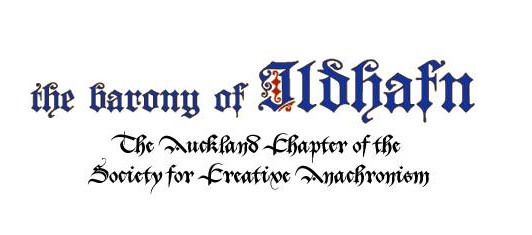O my love
Date:Published 1609 (in Pammelia) Description:“O my love” is a light-hearted English round (catch or canon) from the early 17th century, featured in Thomas Ravenscroft’s Pammelia, the first known collection of rounds and canons in English. It belongs to a popular tradition of convivial and often humorous part-singing intended for domestic …
